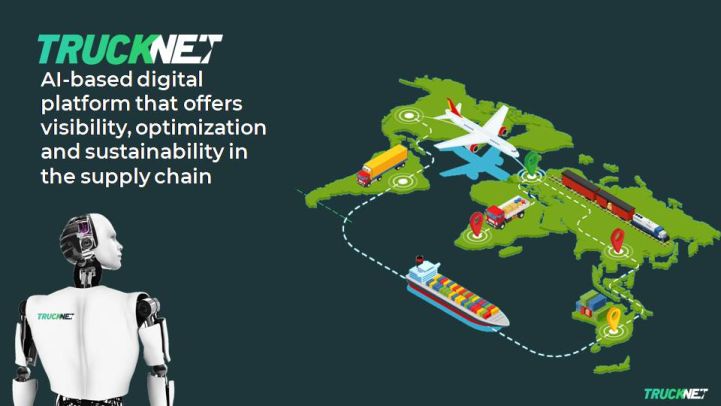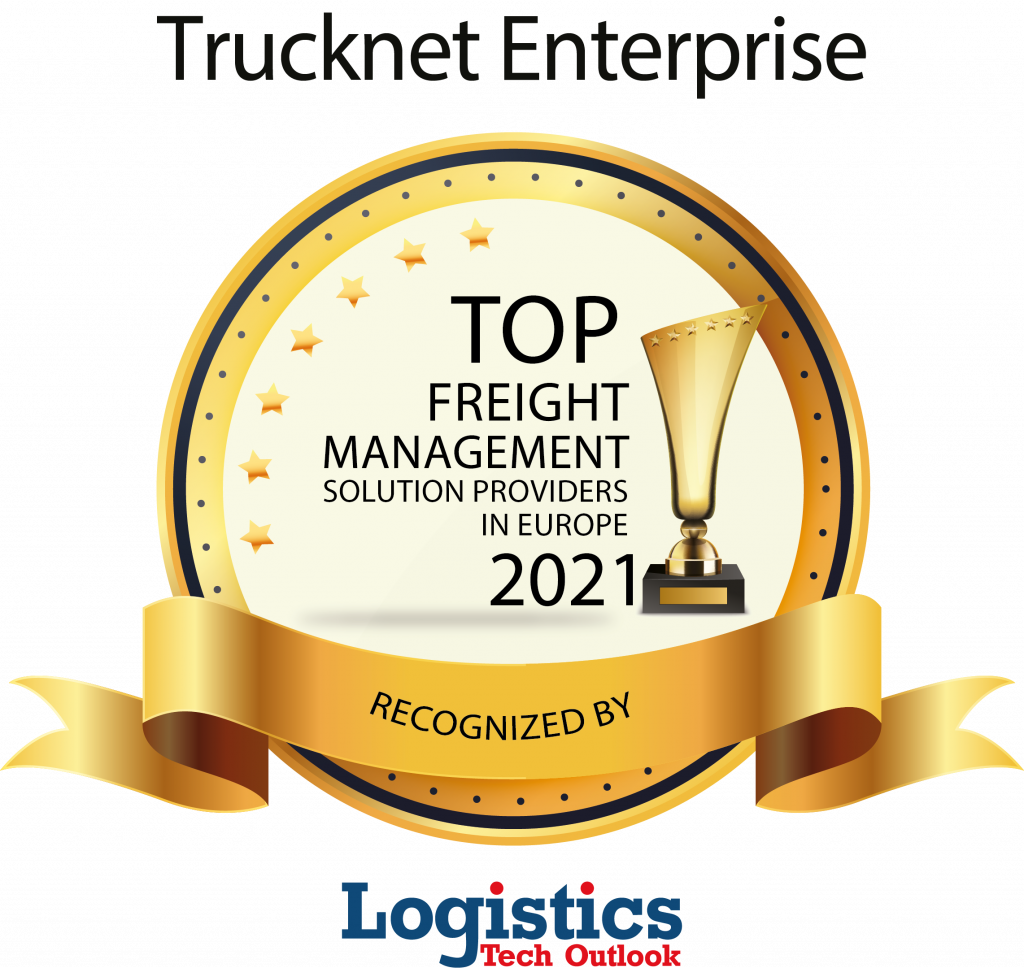A new generation of last-mile service
Last mile logistics is the final step of a delivery process from the distribution hub to the end customer. In a supply chain, cargo or parcels can be delivered to a central hub through various modes of transport, such as planes, ships, trains and trucks. The typical final destination of a product’s journey is to a private residence or storage in a large cargo warehouse. This issue of the “last mile” has become a high priority for companies mainly because of the high costs involved in moving goods. Although, this final step is called “the last mile”, its actual distance can range from a few blocks to hundreds of kilometers
What solutions have delivery companies already created?
Big shipping companies such as DHL, UPS, FedEx have to deal, as well, with the issue of unattended parcels. Amazon found a solution and launched its own delivery channels for improved last-mile service to the customer’s door. If no one is home to receive a package they offer a few options including the use of pick-up locations. They aim to earn clients’ trust, reduce delays and save money for the company. In the past few years, Amazon introduced a system of small drones in big cities that provides fast delivery within 30 minutes for parcels (within a 20km radius) weighing up to 2.3 kg.
A challenge for large delivery companies and their expanded networks is how to focus on and optimize the last-mile route, for reducing logistics costs and improving efficiency. TMS (Transport Management System) software is used to create better routes and can identify additional risk, cargo emissions, traffic conditions, fuel costs and even labor costs.
Blockchain in transportation and supply chain management is a technology that improves visibility and connectivity as well as other shipping criteria such as secure billing operations and scheduling. For example, during peak holiday shopping season, logistics optimization needs to be precise, efficient and flexible and blockchain offers the necessary innovation.
Another field that cargo companies are developing is reverse logistics. This refers to a situation in which a customer may use the last mile as a beginning point for the next shipment. For example, when a truck comes into the port terminal to unload cargo for storage, other goods must be ready and waiting for loading to start the next shipment. Companies are looking to improve reverse logistics, such as identifying damage-free products that could be simply repacked and shipped, avoiding the need to restock items.

What is the last mile solution I think is the best?
The ecosystem involves every little detail: what is the most efficient way to deliver cargo. Each truck arrives at the warehouse where the system automatically calculates the conditions and prepares the cargo for distribution. Efficient cargo delivery requires connectivity with timetables, cargo storage, traffic conditions, fleet emissions information, and more. When more and more users are connected to an online platform, the sharing economy model can promote efficiency and cut costs. For example, route optimization matches can be found between different transport and logistics companies, allowing empty trucks to be reduced from the roads.
A one-stop shop online platform for fleet managers is a great solution as all the data is available in one place. This state-of-the-art system is being developed through programming from artificial intelligence (AI), Business Intelligence (BI) and machine learning providing us with future journeys that will be extremely efficient.
Let’s be part of the ecosystem!





